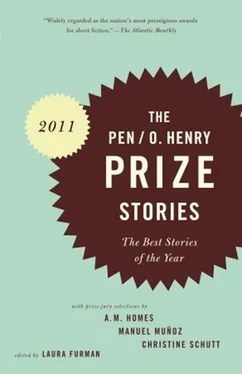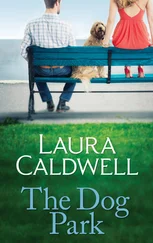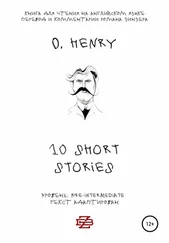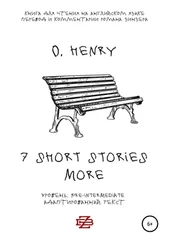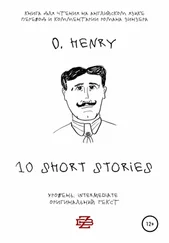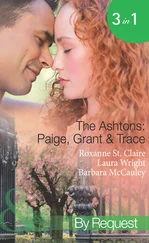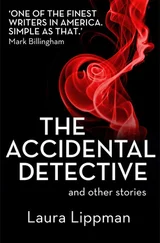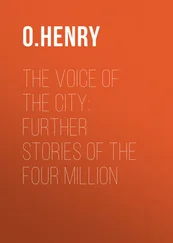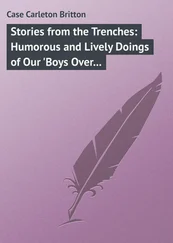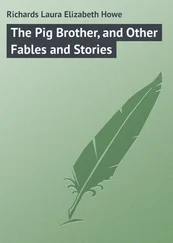The energy and music of “How to Leave Hialeah” by Jennine Capó Crucet lie in the voice of the narrator. She begins with sassy happiness at her successful escape from Florida, her mother, her extended Cuban American family, and what appears to be a sadly restricted existence. As she moves along an outwardly successful path toward another kind of restriction within an academic life built on the corrupting exploitation of her ethnic identity, our narrator crosses from authenticity to falseness, from a world with flaws and joys to one in which success means compromising self-definition and petty internecine triumphs. The story ends with a new and opposite desire, perhaps unattainable.
Mark Slouka’s “Crossing” works both as an engrossing, involving tale of a man trying not to screw up again and as a metaphor for all parenting. Has there ever been a parent who hasn’t felt the terror and responsibility this father faces? Slouka’s story is a vivid portrait of the love of a helpless parent for his child, one that leaves us caught in midstream, holding our breath.
Helplessness, irresponsibility, mistaken identities-these are also elements in Elizabeth Tallent’s rich story “Never Come Back,” about a man who, in the middle of his life, finds frustration and disintegration in his family and his rural California community, and internally in his sense of his own manhood. His grandson seems to offer him a fresh start, but the child, like everything else in the story’s world, isn’t his to have. Tallent’s prose is dense and involving; her characters and their place are believable and heartbreaking.
A story by Brian Evenson was included in The PEN/O. Henry Prize Stories 2007; that story, “Mudder Tongue,” was about a father whose language was failing him. “Windeye” is a child’s story about belief in make-believe. Evenson blurs the distinction between being dead and not being alive, between pretending and not knowing what is real. The boy’s need for his sister’s affirmation of his feelings and perceptions spells lasting trouble for him, but his fidelity to his young, fearless sister pulls the reader through the story.
Another exploration of childhood comes in Brad Watson’s “Alamo Plaza,” about a family’s vacation in Gulfport, Mississippi. Brad Watson’s previous PEN/O. Henry story appeared in the 2010 collection and also took place in a motel. The pleasure of the current story lies in the narrator’s exploration of memory tainted by knowledge. The characters are both who they are in the present of the story and who they will be when their fates, announced early in the story, catch up with them. For the moment, though, there’s an uneasy truce between remembered unhappiness and the web of details that the narrator illuminates with a survivor’s skepticism and uneasy affection.
Four of our stories reach into the historical past with a present-day intensity; nothing will do now but to tell the truth.
Jim Shepard, a master storyteller, sets “Your Fate Hurtles Down at You” in 1939 Switzerland, a time of fateful political transition. Four volunteers-Die Harschblödeln, the Frozen Idiots-are spending the winter “in a little hut perched on a wind-blasted slope … nine thousand feet above Davos.” They are avalanche researchers, which is to say that their fates will hurtle down at them with impersonal destructiveness. The high-spirited young scientists court disaster as the narrator’s courtship of an old acquaintance turns into another kind of disaster. The narrative tone is commemorative yet hardly solemn; between gallows humor and the perils of the quartet’s scientific research, there’s an almost jaunty quality to the story’s beginning. As the story develops, the reader’s sense of doom and sorrow grows until the final surprising and satisfying ending. Our juror Christine Schutt chose “Your Fate Hurtles Down at You” as her favorite.
Tamas Dobozy’s “The Restoration of the Villa Where Tíbor Kálmán Once Lived” takes place in Hungary in the last years of World War II and during the Soviet occupation. To László, a survivor of conscription into the German army and then of the Soviet bureaucracy, restoring the villa where a Hungarian hero once lived becomes both his raison d’être and his excuse for behavior exemplifying what the philosopher Hannah Arendt termed “the banality of evil.”
“The Vanishing American,” Leslie Parry’s story of early Hollywood, World War I, and lost love, is full of feeling, intelligence, and narrative confidence and skill. A silent film is being shot in California, and illusion reigns. The protagonist is a mute actor playing Indian #9. The buffalo are imported and Indian #9 is not Native American. He is a veteran of the all-too-real Argonne Forest, haunted by the war’s losses and his own uncertain future, and he moves through the film’s shooting both present and absent. The story fascinates the reader, who will gradually put together Indian #9’s identity, where he has been, and where he is going.
Matthew Neill Null’s West Virginia tale “Something You Can’t Live Without” is a terrific story about a con man who is himself conned in a particularly horrible way. Our juror Manuel Muñoz chose the story as his favorite. What gives “Something You Can’t Live Without” its heft and glory is the deep authenticity of the narrative. There are no caricatures here, no researched settings. Everything in the story feels true to life-as gruesome and glorious, in fact, as life itself.
It’s possible, of course, that the apocalyptic ferocity of The PEN/O. Henry Prize Stories 2011 is in the eye of the beholder. The hope is that each of the stories will outlast the original time and place that inspired it. That’s the best news about the latest incarnation of our annual collection of twenty stories-each of them displays a vigor and intensity that suggest that the end-time of the short story as an art form is nowhere in sight.
Laura Furman
Austin, Texas
Jim Shepard
Your Fate Hurtles Down at You
We call ourselves Die Harschblödeln: the Frozen Idiots. There are four of us who’ve volunteered to spend the coldest winter in recent memory in a little hut perched on a wind-blasted slope of the Weissfluhjoch nine thousand feet above Davos. We’re doing research. The hut, we like to say, is naturally refrigerated from the outside and a good starting point for all sorts of adventures, nearly all of them lethal.
It’s been seven years since the federal government in Bern appointed its commission to develop a study program for avalanche defense measures. Five sites were established in the high Alps, and, as Bader likes to say, we drew the short straw. Bader, Bucher, Haefeli, and I wrap ourselves in blanket layers and spend hours at a time given over to our tasks. The cold has already caused Haefeli to report kidney complaints.
He’s our unofficial leader. They found him working on a dam-building project in Spain, the commission having concluded correctly that his groundbreaking work on soil mechanics would translate usefully into this new field of endeavor. Bucher’s an engineer who inherited his interest in snow and ice from his father, a meteorologist who in 1909 led the second expedition across Greenland. Bader was Professor Niggli’s star pupil, so he’s our resident crystallographer. And I’m considered the touchingly passionate amateur and porter, having charmed my way into the group through the adroit use of my mother’s journals.
It might be 1939 but this high up we have no heat and only kerosene lanterns for light. Our facilities are not good. Our budget is laughable. We’re engaged in a kind of research for which there are few precedents. But as Bader also likes to say, a spirit of discovery and a saving capacity for brandy in the early afternoon drives us on.
Читать дальше
